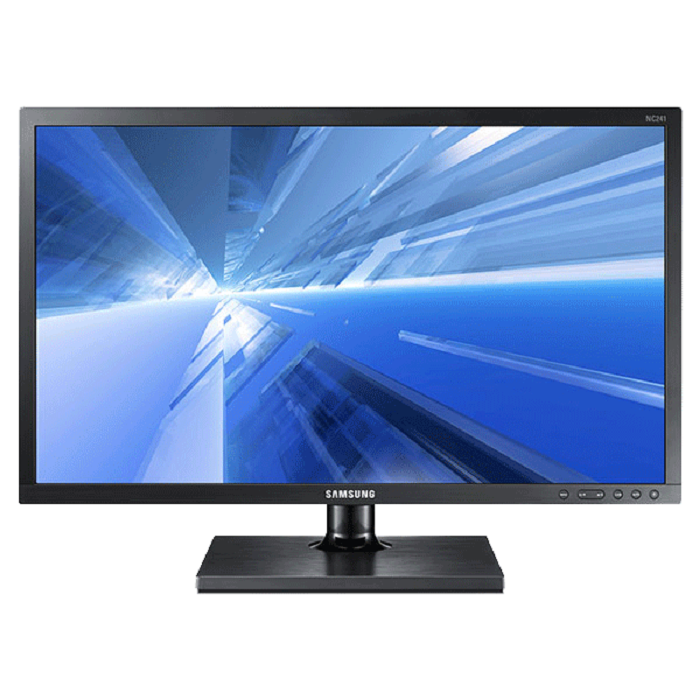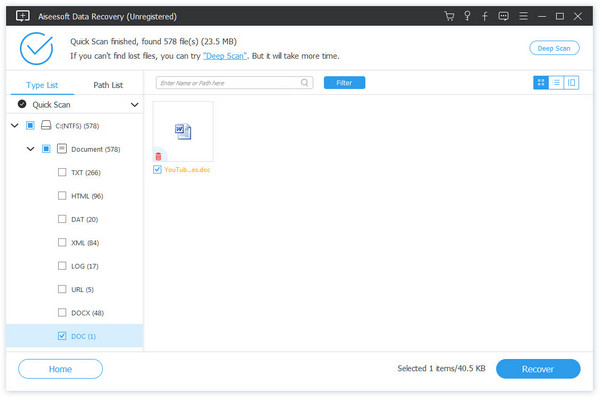High Brightness Monitors are an innovative new way to help your business. Utilising Digital Signage in this way allows your shop to get more attention from those passing by. Placing any Digital Signage in a window display is one of the more complex Digital Signage applications because of the issues surrounding sunlight. I am going to tell you how to ensure you get the right High Brightness Monitor so you and your business can start reaping the benefits.
Strong natural sunlight is normally a benefit for any regular window display; providing customers with a clear view of your window and what is inside. However when placing a Digital Signage display things become more problematic. Regular Digital Signage displays, televisions and computer monitors are optimised for indoor usage. Their brightness levels are set to a level that is readable indoors. This kind of brightness level does not translate well when placed in direct sunlight. That is why the initial need for High Brightness Monitors was born within the Digital Signage sector. These bespoke monitors are bright enough to be readable, even in direct sunlight. A television on average has a brightness of 300cd/m2, we recommend a High Brightness Monitor should have at minimum a brightness level of 1500cd/m2. As technology is advancing we expect to see the brightness levels of screens rise to even brighter levels.
The only way that a High Brightness Monitor can produce the increased level of brightness is by regulating the temperature of the LCD panel. The panel needs to be kept at the optimum temperature; neither too hot nor cold to work effectively. High Brightness Monitors should either have internal fans or an alternative temperature regulatory system in place to avoid issues with the display.
Updating content on a High Brightness Monitor should be no different to updating any other Digital Signage display whichever way to do it. High Brightness Monitors can be updated via a USB or upgrading the display so that it is networked, this allows the screen to updated remotely. Deciding which way to go comes down to a) how easily accessible is the rear of the display? And b) what do I want to show? If the rear of the display is easy to access and you only have images and videos to display, the plug and play solution will not let you down. However if the rear of the High Brightness Monitor is difficult to reach or you want to display more features on screen such as RSS Feeds or live webpages to name a few, then updating your screens via a CMS is perfect. According to Thomas Fraser-Bacon of Allsee Technologies Ltd “If you have multiple screens in a single window display, if networked; you can synchronise the displays to create a real wow moment for your window.”
How to mount your display is often left to the very end of a High Brightness Monitor project, how the monitor is mounted can drastically affect the overall look of the finished product. If within your Window display there is an enclosure it could be simply mounted onto the back wall. This is not likely to be the case for most applications that require a High Brightness Monitor though so we would recommend either mounting on a floor stand or trolley or by mounting the High Brightness Monitor from the ceiling.
Once you have considered all of these points and purchased a commercial Grade High Brightness Monitor you can finally get the benefits from the display. According to Fedex, 8 out of 10 consumers have entered a store because a Digital Sign had caught their interest. A window display with a High Brightness Monitor is not in its own vacuum for those who see it, that High Brightness Monitor and window display reflects the quality of the business and the quality of the products too. Business owners should take advantage of the most valuable advertising space they have; their windows! With a High Brightness Monitor installed it allows for communication with potential customers in a way that wasn’t possible before. High Brightness Monitors will change your business for the better.



